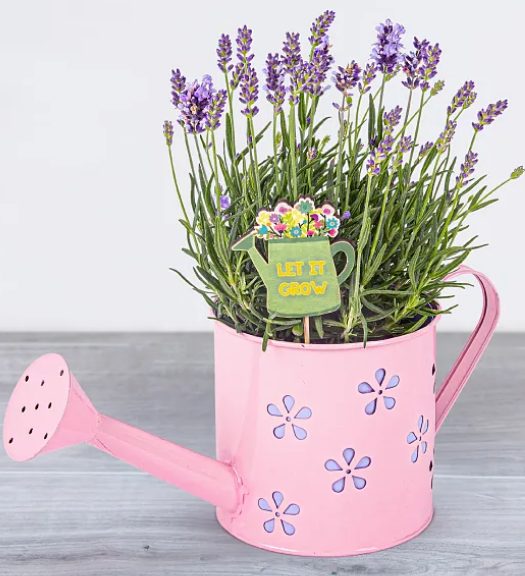
May Blossoms and Their Medicinal Properties
As May ushers in the beauty of blossoms and the promise of spring, nature offers a bounty of floral treasures that not only delight the senses but also harbour potent medicinal properties. From ancient herbal remedies to modern botanical research, May blossoms have been revered for their therapeutic benefits and healing potential. Let’s embark on a journey through the world of May flowers and explore their medicinal properties, offering insights into how these floral wonders can promote health and well-being.
Hawthorn Blossoms
The delicate blooms of the hawthorn tree (Crataegus spp.) have a long history of use in traditional herbal medicine for their cardiovascular benefits. Hawthorn blossoms are rich in flavonoids and antioxidants, which have been shown to support heart health by improving circulation, reducing blood pressure, and strengthening the heart muscle. Herbal preparations made from hawthorn flowers are commonly used to promote cardiovascular wellness, support healthy blood flow, and manage conditions such as high blood pressure and congestive heart failure.
Elderflower Blossoms
Elderflower blooms, derived from the elder tree (Sambucus nigra), are prized for their immune-boosting properties and therapeutic benefits. Rich in antioxidants, including flavonoids and phenolic acids, elderflower blossoms have anti-inflammatory, antiviral, and antimicrobial properties that help support immune function and protect against respiratory infections. Elderflower tea, syrup, or tincture is commonly used to soothe cold and flu symptoms, alleviate allergies, and promote overall immune health.
Chamomile Blossoms
Chamomile flowers, derived from the chamomile plant (Matricaria chamomilla or Chamaemelum nobile), are renowned for their calming and soothing properties. Chamomile flowers contain volatile oils, including chamazulene and bisabolol, which have anti-inflammatory, analgesic, and sedative effects. Chamomile tea, made from dried chamomile flowers, is a popular herbal remedy for promoting relaxation, relieving stress, and improving sleep quality. Chamomile preparations are also used topically to soothe skin irritation and promote wound healing.
Lavender Blossoms
Lavender blossoms, derived from the lavender plant (Lavandula spp.), are prized for their aromatic fragrance and therapeutic properties. Lavender flowers contain volatile oils, such as linalool and linalyl acetate, which have calming, antispasmodic, and mood-enhancing effects. Lavender essential oil, distilled from the blooms, is commonly used in aromatherapy to promote relaxation, reduce anxiety, and improve sleep quality. Lavender preparations are also used topically to soothe headaches, muscle tension, and skin irritation.
Linden Blossoms
Linden flowers, derived from the linden tree (Tilia spp.), are esteemed for their calming and diaphoretic properties. Linden blossoms contain mucilage, flavonoids, and volatile oils, which have expectorant, anti-inflammatory, and antispasmodic effects. Linden blossom tea, made from dried linden blossoms, is traditionally used to relieve cold and flu symptoms, soothe coughs, and induce sweating to reduce fever. Linden preparations are also used to support respiratory health, calm nerves, and promote restful sleep.
May blossoms offer a treasure trove of medicinal properties that have been valued by cultures around the world for centuries. From hawthorn blossoms supporting cardiovascular health to elderflower blooms boosting immune function, chamomile flowers promoting relaxation, lavender flowers enhancing mood, and linden flowers soothing respiratory ailments, these floral wonders offer a holistic approach to health and well-being. As May unfolds its flowers and nature awakens anew, let us harness the healing power of May blossoms to promote vitality, balance, and vitality in our lives.
